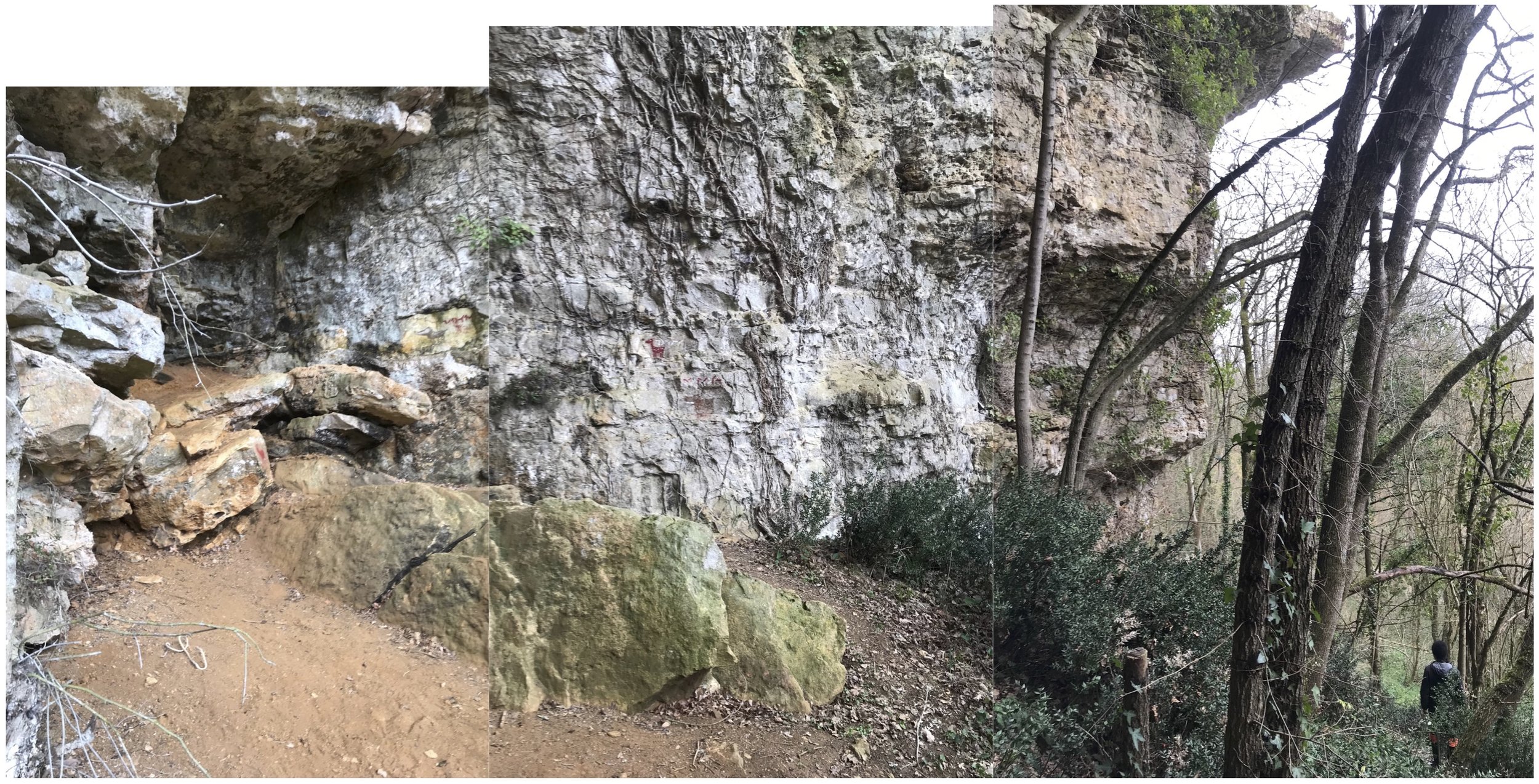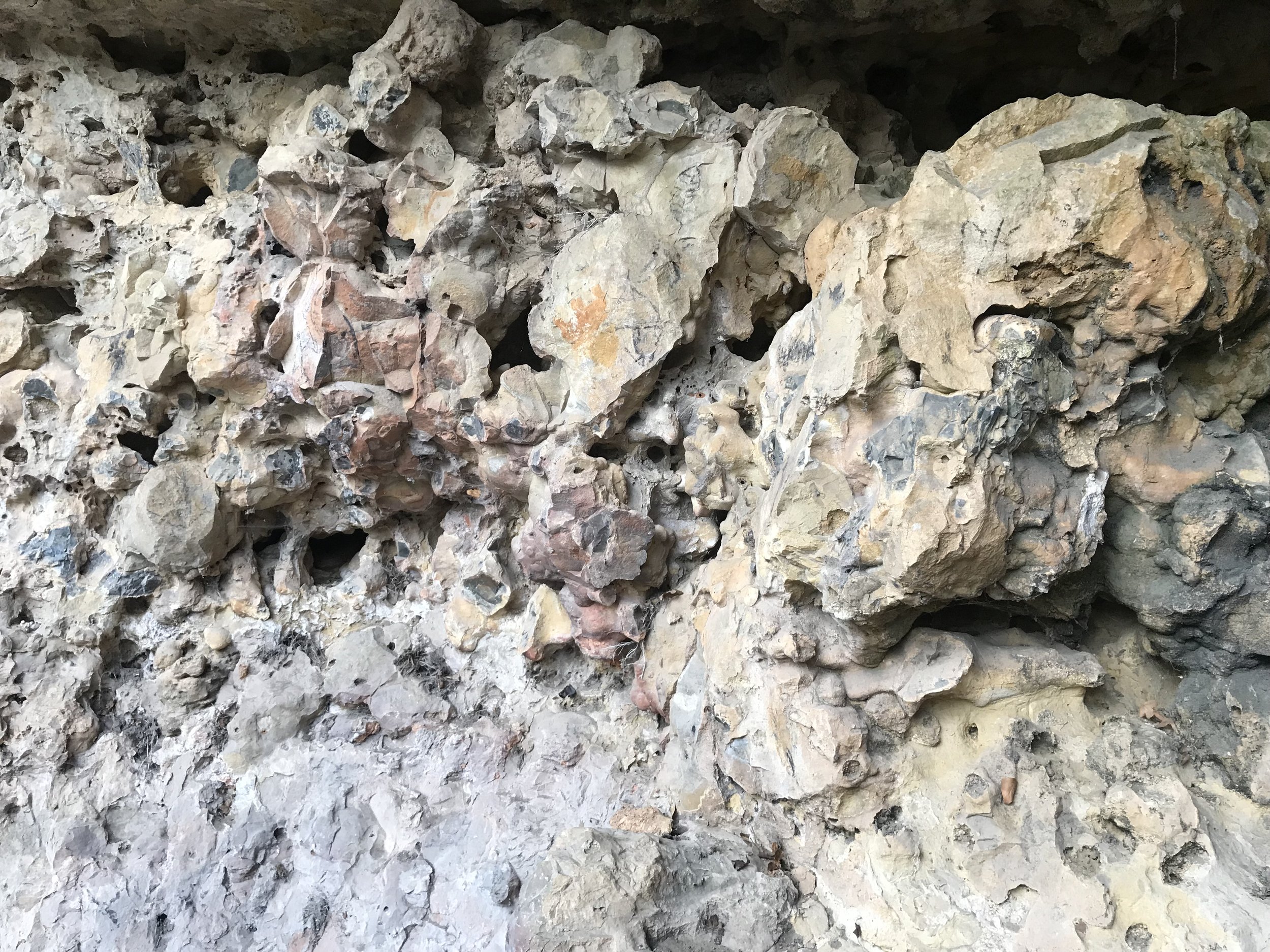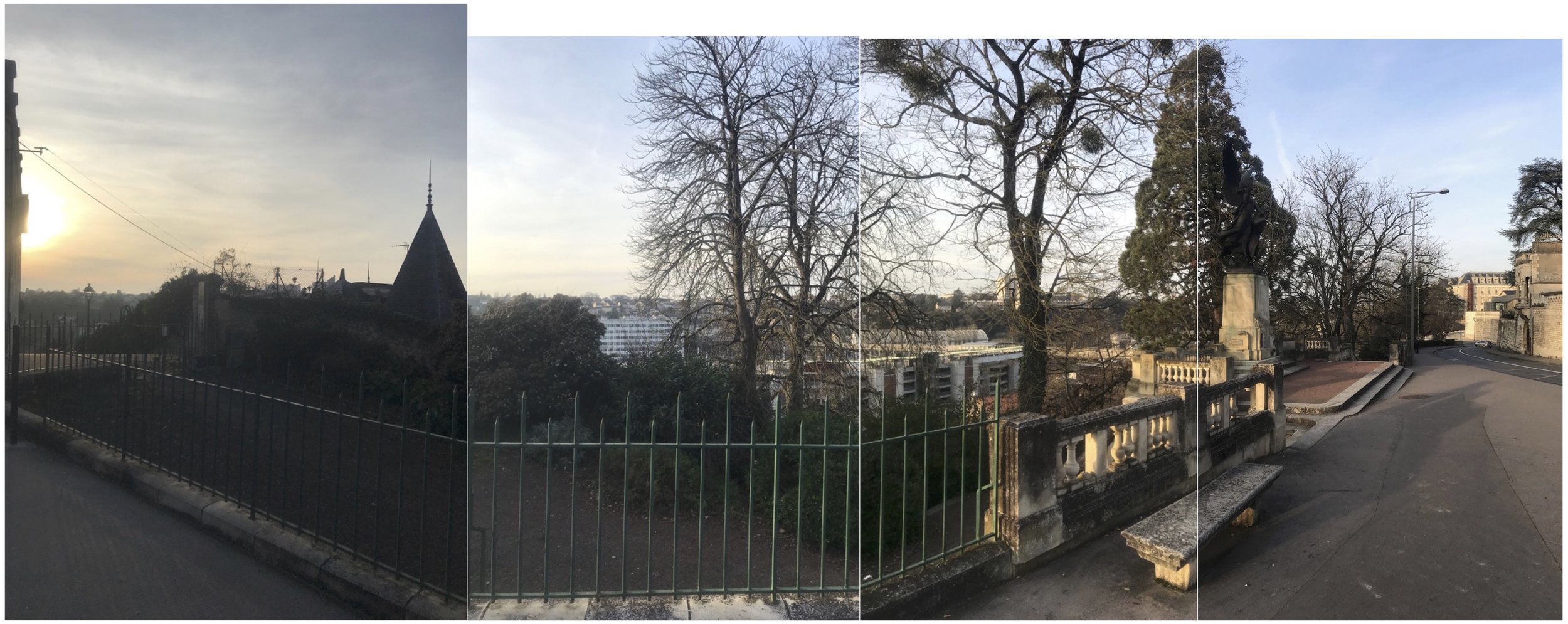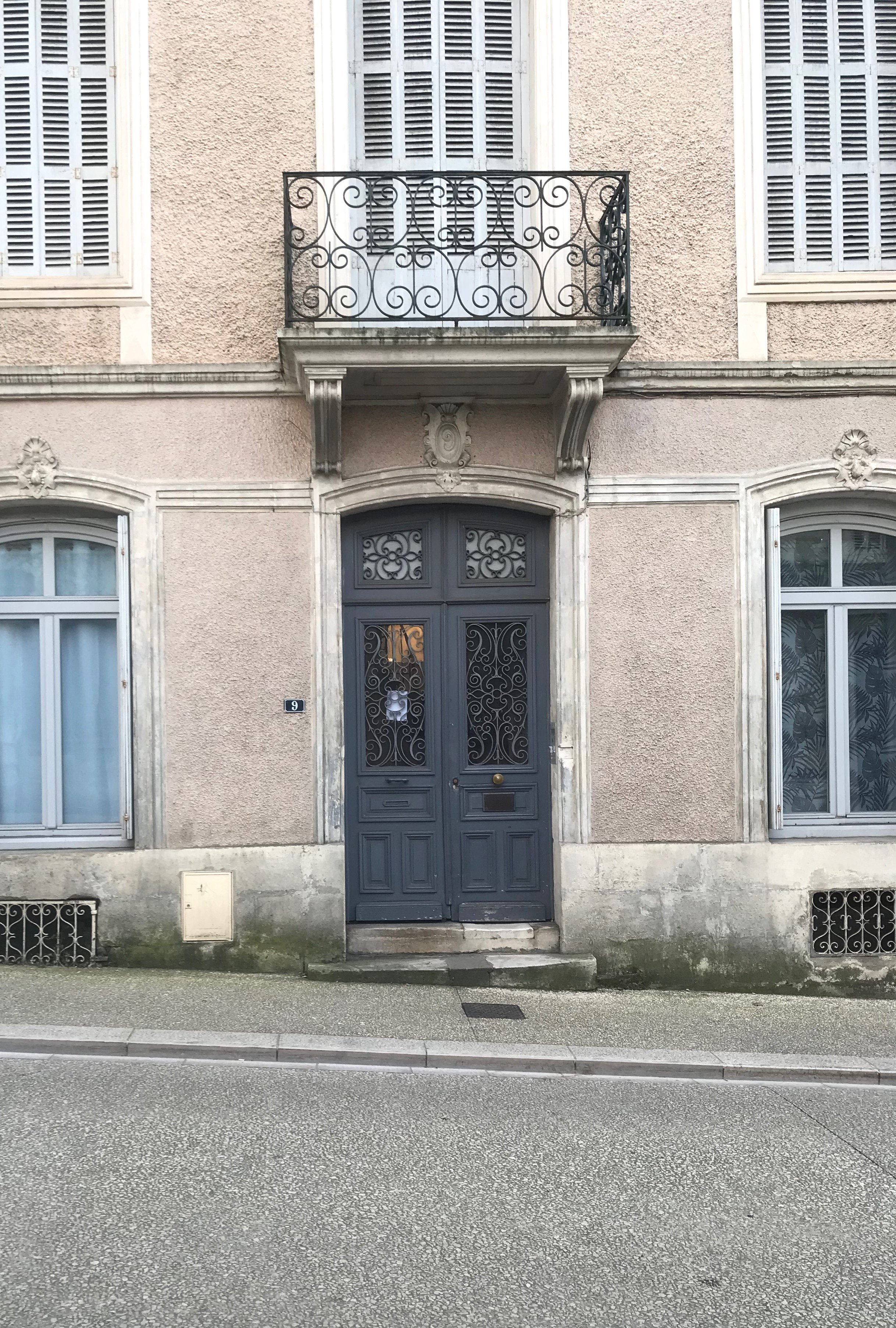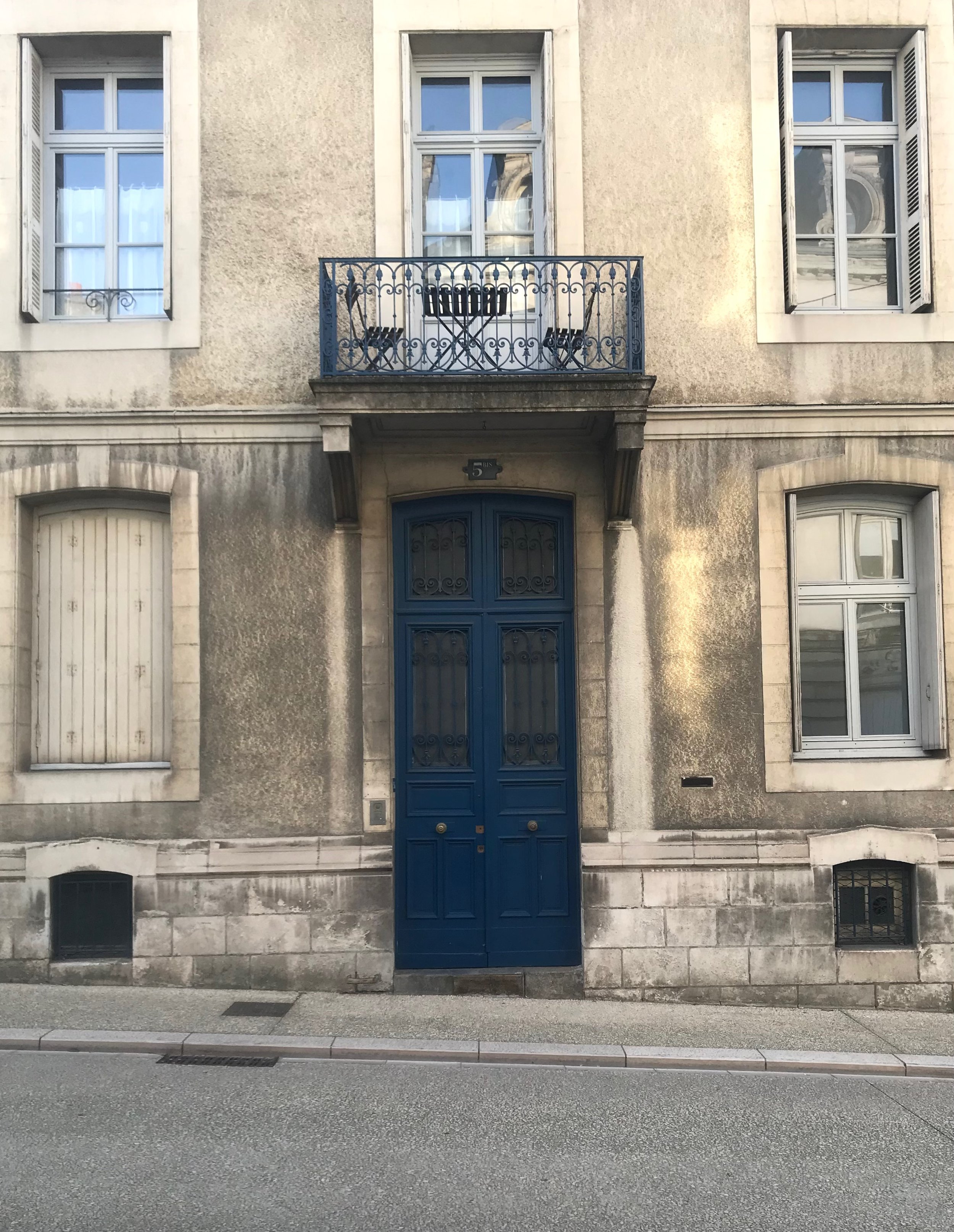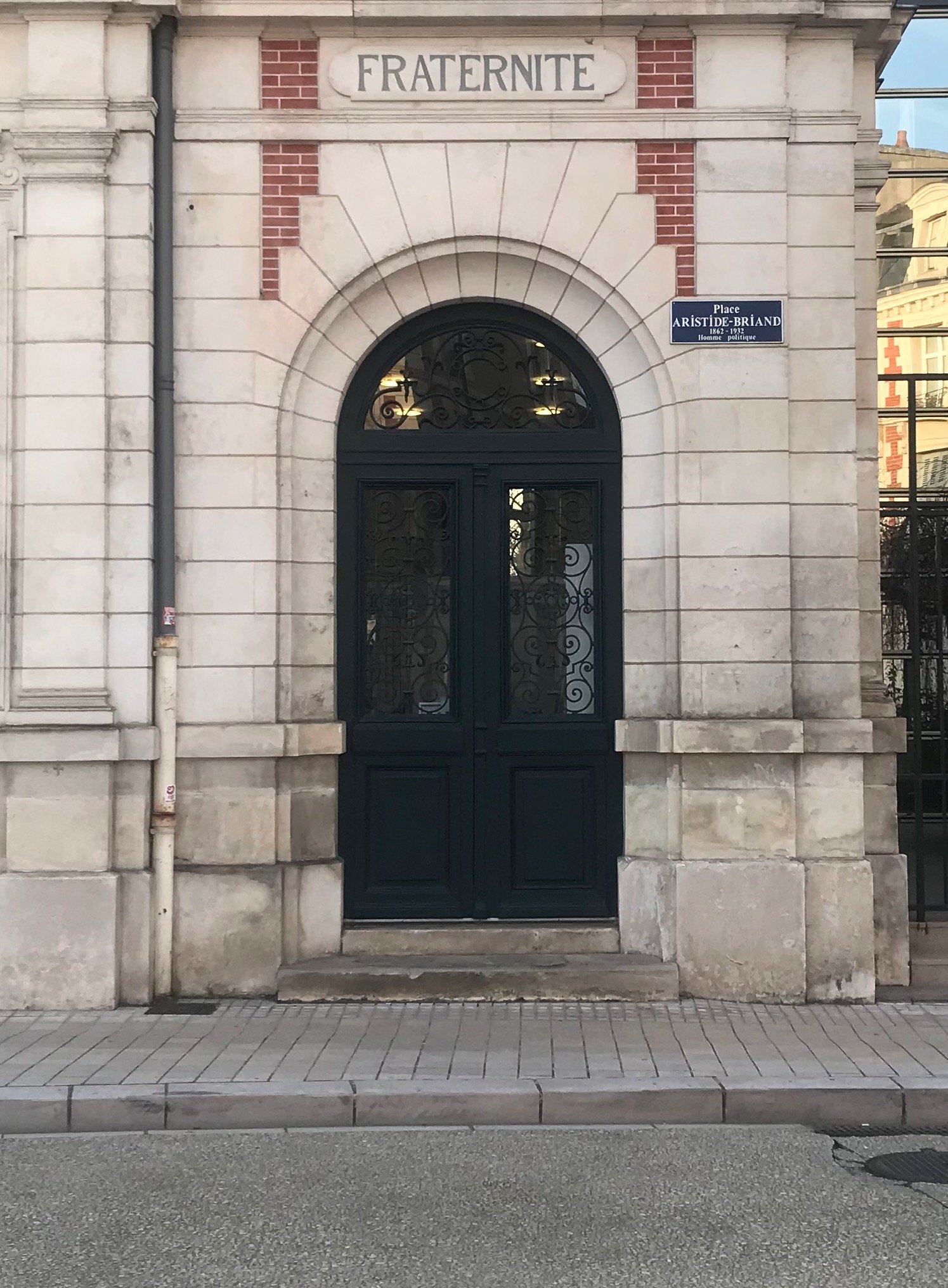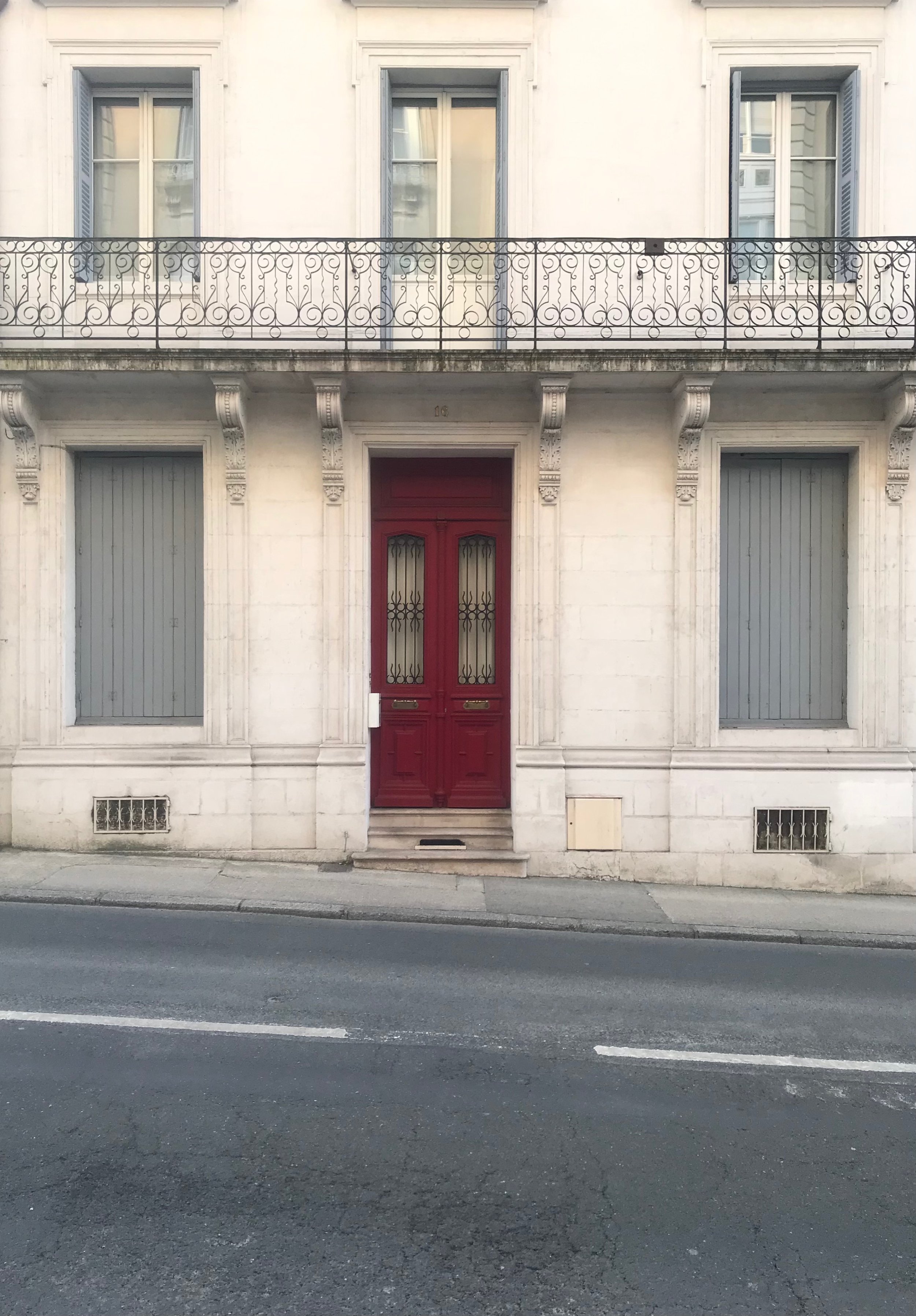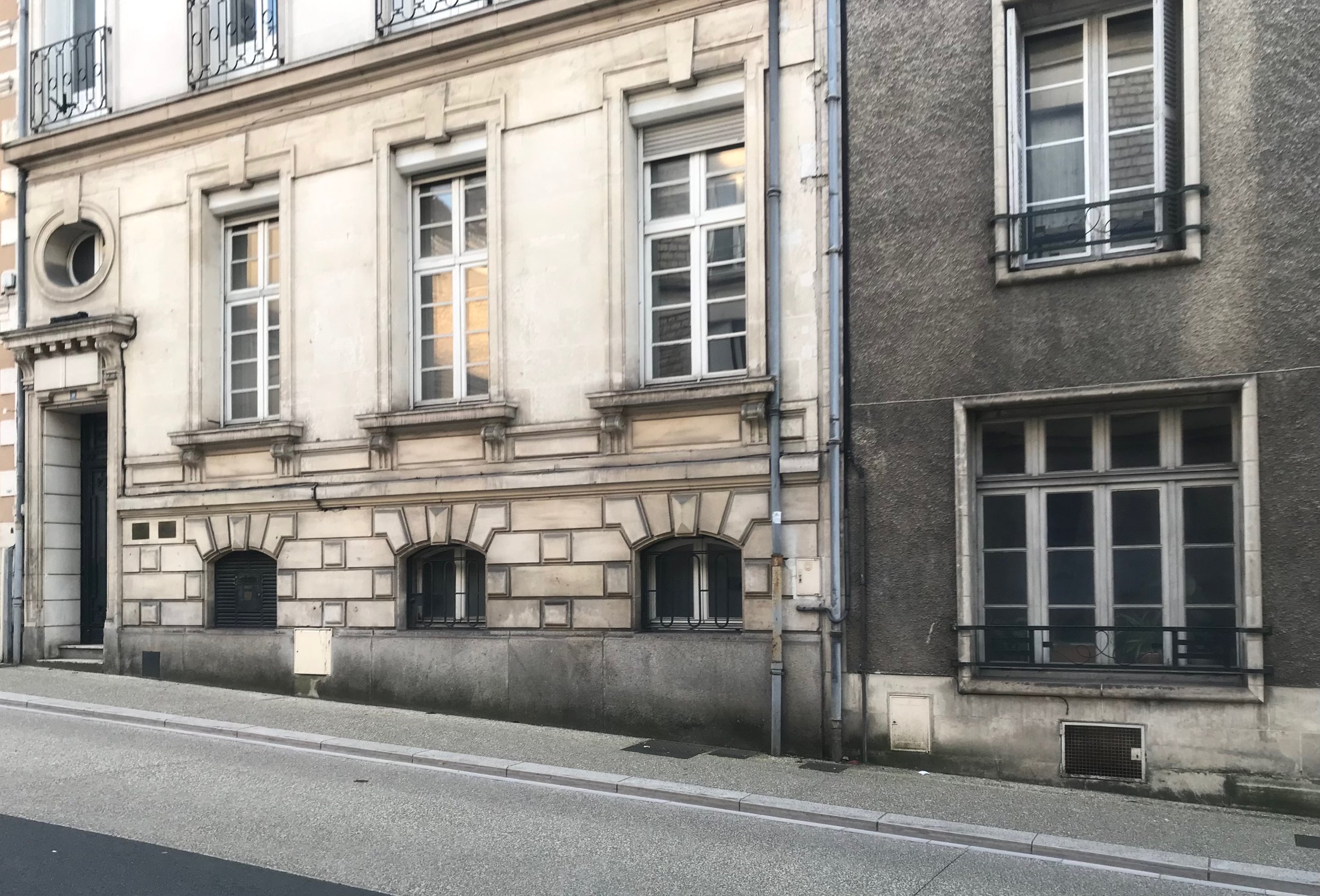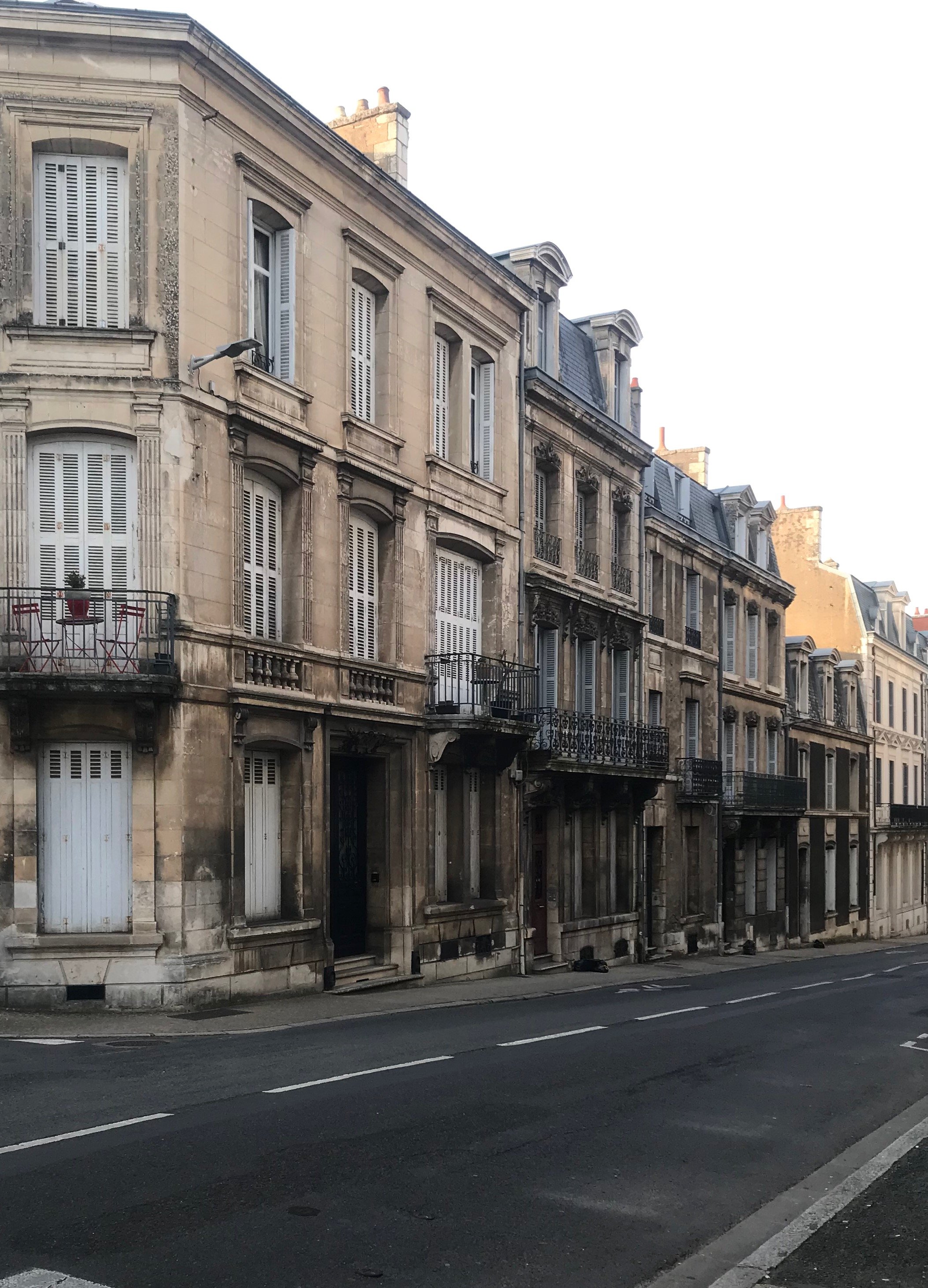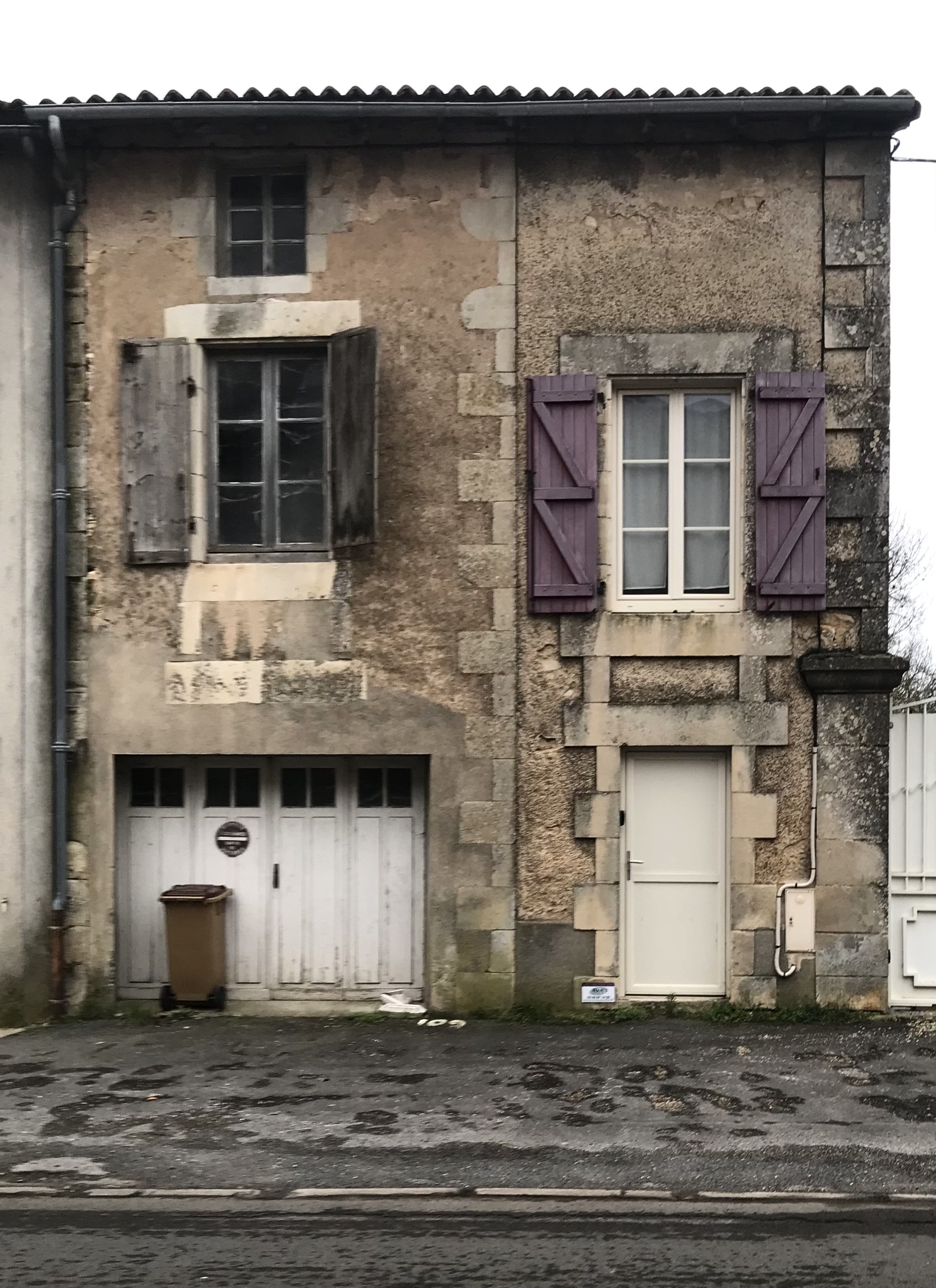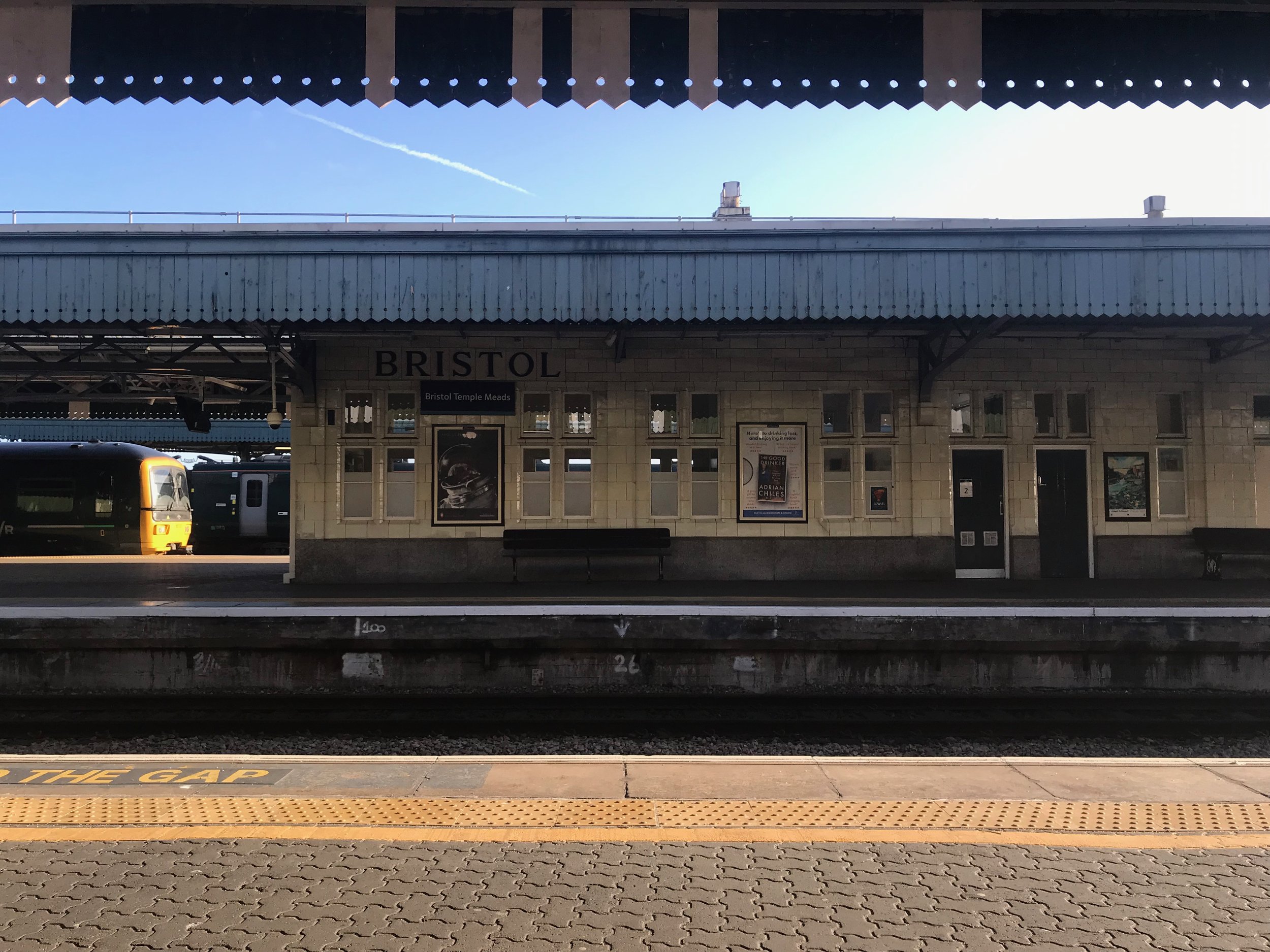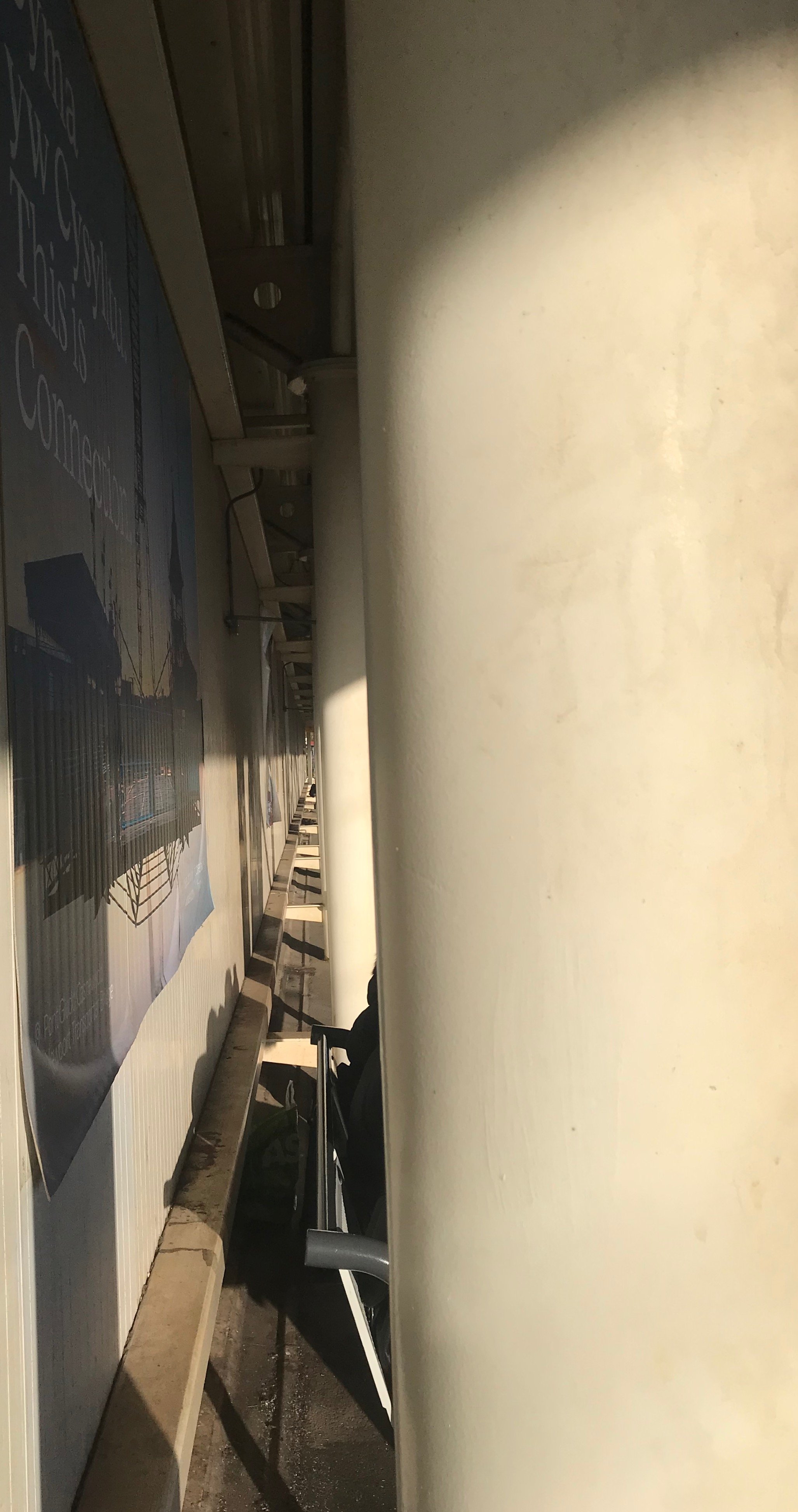Photos - February 2023
Camp Aleric, Payré and Poitiers
The Caves of Camp Aleric
Nearing the confluence of the two rivers, Clain and Clouére and just south of Poitiers are the caves of Camp Aleric. Steep limestone hillsides of around 30m overlook the Clouére river between the villages of Baptresse and Chateau-Larcher.
Above: The cave walls are layers of silty black and clay-like brown and red pigment.
Local legend has it that during a full moon, fairies gather in the caves and wash their clothes in the Clouère below. I’m glad they wash their clothes although I would encourage them to do it more frequently than once every full moon.
Above: The clearing at the top of Camp Aleric, Aslonnes
My Host’s Land
Looking south towards the Dive river
The smoke from a bonfire next-door
Poitiers
Le Monument aux Morts
Above and Below: The view from the Square des Coloniaux
Above: Steps down to the station from the Square des Coloniaux
Above: Doors of Poitiers
Some Substance
Lately I’ve been learning about where to find and how to process natural materials for pigments and ways of recycling paper. This is with a view to eventually reduce my reliance on acrylic paint (my usual medium of choice) and to utilise the beauty in rough, home-made paper.
Lately I’ve been learning about where to find and how to process natural materials for pigments and ways of recycling paper. This is with a view to eventually reduce my reliance on acrylic paint (my usual medium of choice) and to utilise the beauty in rough, home-made paper.
Despite acrylic possessing a crude and naïve quality which compliments my style of painting, it is plastic-based and as such not exactly an ideal material to be washing off my brushes regularly.
Image: Unearthed Paints
One of my favourite movements that I take real inspiration from is Art Brut – or ‘raw art’. By foraging for and using more natural pigments in my painting and recycling paper where possible, my work will literally become more raw, more Art Brut.
Below are a couple of natural substances which have at one time been mined on a large scale in an area native to me; the southwest of England. In both cases there are artisans who still use them.
Biddiblack
Bideford, a town in North Devon on the River Torridge has been home to several creative industries over the centuries, pottery and boat-building among them. They were aided by the availability of rich, naturally-occurring raw materials.
Image: Kremer Pigments
Red earthenware clay from nearby Fremington and Bideford Black - a locally mined earth pigment – both contributed to a unique creative style in North Devon. Fremington clay is still sought for its quality, although it takes years to mature enough to be workable after being dug.
The substance which came to be known as Biddeblack is the result of the continuous churning of dead trees while logjammed for millions of years in the bends of ancient rivers.
Image: Simon Ryder
Gradually stripped to their trunks they were further compressed with the build-up of other materials, eventually forming the low-carbon coal. It was mined from the mid 1600s until the 1960s when it became less viable as an industry.
Max Factor - renowned for its experimentation in cosmetics in the first half of the 20th century and the choice make-up brand in Hollywood at the time - even used the pigment in its mascara.
Purple Ochre of The Forest of Dean
The sprawling Clearwell Caves in the Forest of Dean is another area fairly close-by which was mined industrially for its raw materials. Again, industry slowed towards the mid-20th century but some of the pigments - especially the rare purple ochre - are sought after for their quality and still mined today, albeit on a much smaller scale.
Freemining - an ancient practice of local people working coal, iron ore and ochre out of designated personal mines or ‘gales’.
Image: Clearwell Caves
The techniques used by the last remaining miners in the area are virtually identical to those used by miners centuries ago. Pickaxes are used to remove small chunks and once enough has been gathered, the ochre is washed and bashed to a fine powder in pestle and mortars.
Last year London-based street artist STIK painted ‘The Ochre Man’ - a large piece, deep in the caves (see image below) with the help of Jonathan Wright (one of the last surviving freeminers of ochre). The piece was presented as part of ‘Back to the Cave’ – an exhibition within Clearwell Caves last summer curated by Gallery Pangolin.
Image: Gemma Compton
Despite the numerous benefits of seeking out, processing, storing and using natural pigments, there is always a risk. Materials differ in their composition and as such in their effect on our health but from what I’ve learned, grinding silicates (most rocks other than limestone) can be extremely hazardous without proper protection (overalls, goggles and extraction).
Photos - January 2023
Luckily, Friday the 13th brought some sunshine for the southwest. These two photos were taken while waiting for my train west from Bristol Temple Meads to Newport before heading north to Hereford where I had arranged to visit my aunty and uncle.
Above: Near Payré in the new Valence-en-Poitou commune. Sunday 29th
The photos used in this composite and the two below were taken during a long walk along the river Dive in the Nouvelle-Aquitaine region of western France.
Couhé
Above: Monday 23rd. A dusting of frost in the Hampshire countryside.
The view from the South West Coast Path between Ilfracombe and Lee Bay.
Luckily, Friday the 13th brought some sunshine for the southwest. These two photos were taken while waiting for my train west from Bristol Temple Meads to Newport before heading north to Hereford where I had arranged to visit my aunty and uncle. The sun belies the temperature, it was a cold January day. Up until this point it had barely stopped raining since I returned from France on 15th December, so it was nice to see some blue sky.
The slanted back wall and pillars at Newport station
Newport - Hereford



